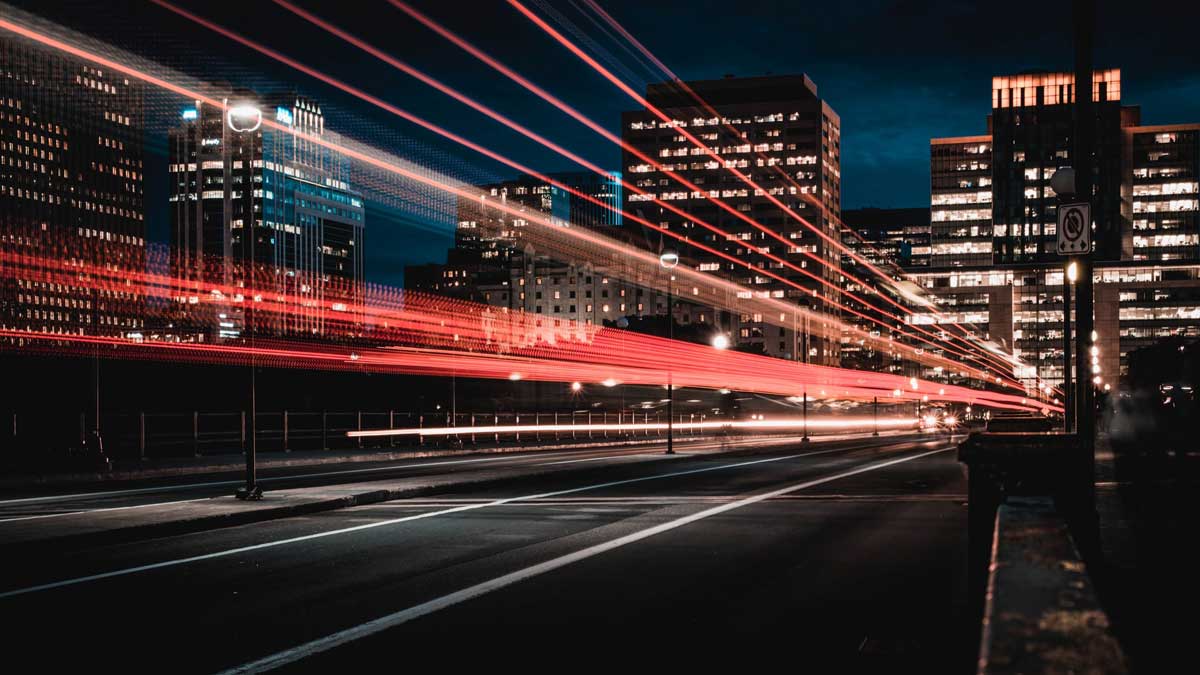As the nation’s capital, Jakarta faces severe traffic problems. The congestion is even being normalized as part of the consequences of a great economic recovery. Being the hub of national economic activity, Jakarta appears to have a magnetic pull on everything nearby. Due to space limitations, workers in Jakarta are compelled to live in surrounding cities such as Depok, Bekasi, Bogor, and Tangerang. They travel to Jakarta in the morning to work and return home in the afternoon or evening. Throughout the past three years, the number of newcomers in Jakarta has exceeded 100 billion annually, and it is recorded that the number of motorized vehicles in Jakarta has continued to increase in the last three years, reaching 26.37 million units in 2022. According to projections made by the Jakarta Metropolitan Police Traffic Directorate, the capital city’s current traffic congestion levels have already increased by more than 50% from pre-Covid-19 levels.
Since the COVID-19 outbreak, the Working from Home (WFH) style has been implemented by many institutions due to activity restrictions in public spaces. Various system adjustments have been made to accommodate various types of work that can be completed from home or anywhere. Simply put, if the WFH style is still being implemented today, this working style could be a strategy to avoid mobility on the road. However, whether this phenomenon really reduces rush-hour congestion is questionable. Along with the choice of working in a café or co-working space, which is then becoming a Working from Anywhere (WFA) habit for most people, especially in urban areas, there is no guarantee that road congestion levels will remain low after the pandemic due to these new working styles.
Adding road infrastructure as an attempt to alleviate road congestion doesn’t successfully solve the problem, instead triggering drivers to explore the new road capacity, resulting in the same level of congestion even worse. Efforts have been made, particularly to improve the quality and quantity of public transport within Greater Jakarta, in order to get this city out of the top tier of the world’s most congested cities. The government of the province of DKI Jakarta encouraged the development of an integrated transportation system in 2021, which was then called JakLingko. JakLingko presented the new face of Jakarta’s public transportation, which covers physical, service, and management integration, as well as its payment. It receives good responses from citizens of Jakarta as its system covers not only fleet services like Metrotrans, Minitrans, and Mikrotrans but also rail-based transit like MRT and LRT Jakarta. The next question is, then, how far this big transformation has had an impact on reducing Jakarta’s road congestion.
The major reform carried out regarding the integration of transportation systems, as well as the quality and quantity of the modes, is one strategy to shift the mode choice of Jakarta citizens from private vehicles to mass transportation. What can determine the mode of choice of travelers then becomes essential to achieving the desired urban mobility pattern, free from traffic jams. It does not rule out the possibility that route coverage and time and safety reliability, especially offered by rail-based systems such as MRT, LRT, and commuter lines, tend to be promising pulling factors affecting the shifting decisions. Commuters from the buffer cities of Jakarta who still prefer to take trains and buses are clear evidence that distance and fare could become among the main factors influencing transport mode decisions. The government, together with transportation service providers, has tried to influence the mode choice made by various groups regardless of education, income, and demographics such as age and gender by accommodating the needs of vulnerable groups.
Urban mobility consists of two major issues: congestion and pollution. Advanced alternatives such as electric vehicles (EVs) have come and are currently on the verge of becoming one of the ways to reduce air pollution from road transport as an impact of severe traffic. Car manufacturers are now competing to create both hybrid technology and 100% electrified engines. The paradigm of using electric cars or motorbikes as an attempt to fight climate change is not entirely wrong, but it also falls short of providing a complete solution to urban traffic issues. If the private EV program is being strongly encouraged to meet the private vehicle usage demand wrapped with environmentally friendly and low-emission cover, how about traffic jams? When the strategy of shifting to private EVs is launched without thinking of uncontrolled widespread ownership of private vehicles, we will most likely continue to see its snowball effects like high dependency on private vehicles, congestion, and greater demand for increased road capacity in the next couple of decades.
Spending hours traveling to the office and vice versa every day because of road congestion is not normal. Without a car, it is, in fact, not easy to get around Jakarta. There must be a change that comes not only from infrastructure and regulation but also from our consciousness. The Jakartans must start to reconsider their regular commuting routines and choose more eco-friendly and effective forms of transportation. Following the trend of greening urban mobility does not mean electrifying all infrastructure. However, how cities can provide a model of urban mobility that maximizes the integration of mass transportation with the development of clean technology such as EVs, thus encouraging lifestyle changes, is fundamentally required. In the meantime, Jakarta should also be prepared for all possible transformations that may arise from the different capital city leaders and policies they will bring to the table.
